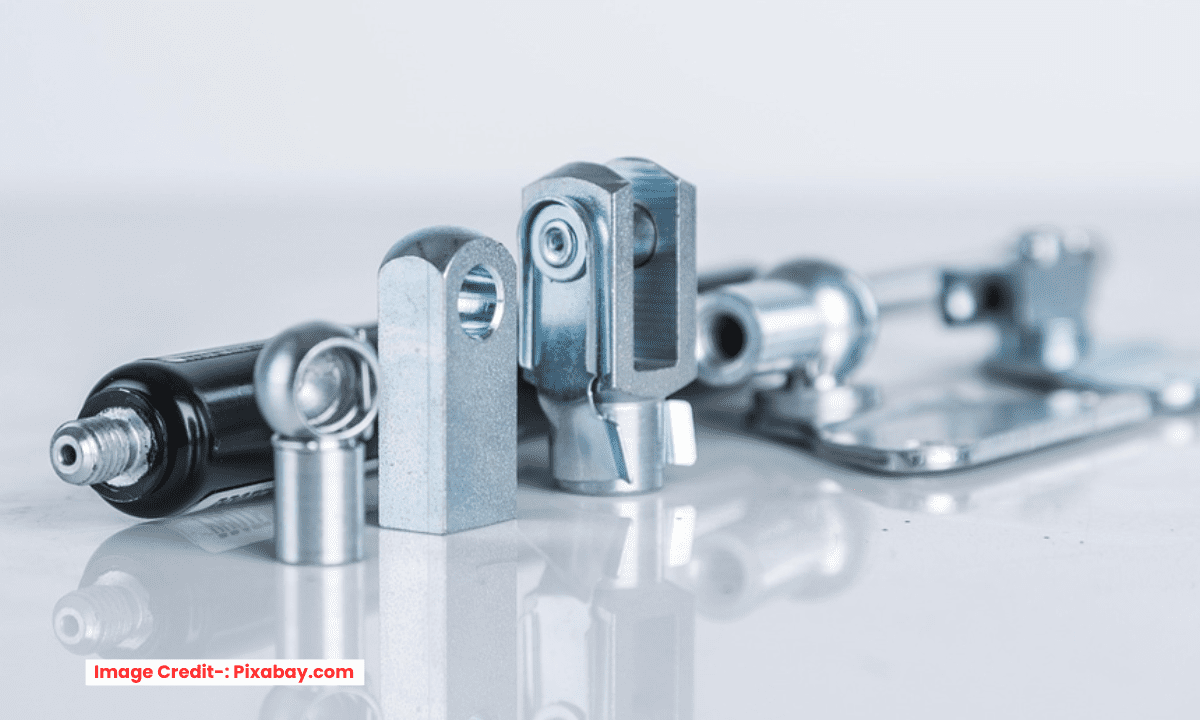
Topology Optimization is a computational, generative design process that determines the optimal material layout within a given design space, based on a set of performance goals and constraints. The primary objective is to create lighter, stronger, and more efficient components by strategically removing material where it is not critically needed.
From a mechanical engineering standpoint, the process begins by defining a “design space”—the maximum volume the part can occupy. The engineer then applies real-world conditions:
Load Cases: The forces, pressures, and moments the part will experience.
Constraints: Fixed boundary conditions and areas where interfaces (like bolts or bearings) must be maintained.
Objective: The primary goal, which is typically to maximize stiffness (minimize compliance) while minimizing mass.
Using Finite Element Analysis (FEA) and iterative algorithms, the software calculates the stress flow through the design space and progressively removes under-utilized material. The result is often an organic, lattice-like structure that resembles forms found in nature, such as bones, which are perfectly optimized for their load-bearing function.
The final optimized shape serves as a conceptual blueprint. A critical next step is “design interpretation,” where the engineer translates the complex, algorithm-generated geometry into a functional, manufacturable part. This often involves smoothing surfaces, re-adding necessary features, and adapting the design for specific manufacturing processes like CNC machining, casting, or additive manufacturing.
By leveraging topology optimization, engineers can break free from traditional design biases, leading to significant weight reduction, improved performance, and material savings, particularly in industries like aerospace and automotive where the strength-to-weight ratio is paramount.
Here is an introduction to topology optimization, a revolutionary design method that represents a fundamental shift from traditional approaches.
Introduction to Topology Optimization: Designing Lighter, Stronger Parts-:
Topology Optimization is a computational design method that uses FEA to determine the optimal material layout within a given design space for a set of loads, constraints, and performance targets. In simple terms, you tell the software where the part needs to connect, what forces it must withstand, and the software tells you the best shape to do it.
Think of it as a tool that “intelligently” removes non-essential material, much like a sculptor carving away everything that isn’t the statue. The result is often organic, bone-like structures that are both lightweight and incredibly strong.
The Core Principle: The “Design Space” vs. “Design”-:
The fundamental shift in thinking is separating the Design Space from the final Design.
Design Space: The maximum allowable volume your part can occupy. This is the raw “block of marble” you give to the software.
Optimized Design: The final, efficient shape the software generates within that space.
This process allows you to discover shapes you might never have conceived of using traditional design methods.
How It Works: A Simplified Workflow-:
The process is iterative and follows these key steps:
Define the Design Space: Create a simple 3D block that represents the maximum envelope your part is allowed to fill.
Apply Real-World Conditions:
Constraints (Fixtures): Define where the part is fixed or connected (e.g., bolt holes, mounting surfaces).
Loads (Forces): Apply all the operational forces and pressures the part will experience.
Set the Goal: Typically, the goal is to minimize mass or maximize stiffness while satisfying all constraints.
Run the Optimization: The software iteratively performs FEA. It calculates the stress in every element of the mesh and gradually removes material from areas with low stress (where material is “wasted”) and reinforces areas with high stress.
Interpret the Result: The output is a “raw” optimized geometry that looks like a smooth, organic mesh. This is not the final CAD model, but a blueprint for it.
Key Concepts and Outputs-:
The “Bone-Like” Structure: The algorithm often produces shapes resembling bones or tree branches because nature is the ultimate master of efficient load paths. These forms are excellent at resolving complex stress states.
Mass/Stiffness Target: You don’t just tell it to “make it light.” You specify a goal, such as “reduce mass by 50% while maintaining stiffness” or “maximize stiffness using only 40% of the original material.”
From Optimization to Manufacturable Part-:
The raw optimized shape is rarely directly manufacturable. The next crucial step is Design Interpretation:
Smoothing & Reconstruction: Use the optimized mesh as a guide to create a new, clean CAD model with smooth, parametric surfaces.
Design for Manufacturing (DFM): Re-introduce manufacturability constraints that the software ignored.
Add fillets to reduce stress concentrations.
Ensure uniform wall thickness for injection molding.
Adjust angles for CNC tool access.
The final part is a balance between the ideal optimized shape and practical manufacturing realities.
Why Use Topology Optimization?
Mass Reduction: The primary driver, especially in aerospace, automotive, and robotics, where weight savings directly impact performance and energy consumption.
Performance Enhancement: Creates stiffer parts that resist deformation better than conventionally designed ones.
Part Consolidation: Can design complex, single-piece components that replace multi-part assemblies, reducing cost and improving reliability.
Efficient Material Usage: Aligns perfectly with sustainable design principles by minimizing waste.
Limitations and Considerations-:
It’s a Guide, Not an Answer: The result must be interpreted and validated by an engineer. It suggests a shape; engineering judgment makes it a real part.
Manufacturing Constraints are Key: The best shape is useless if you can’t make it. Modern software can incorporate constraints for additive manufacturing (3D printing), casting, and milling during the optimization itself.
Garbage In, Garbage Out: The quality of the result is entirely dependent on the accuracy of the loads and constraints you apply.
Topology optimization is a paradigm shift from designing based on intuition to designing based on computational physics. It empowers engineers to create high-performance, innovative parts that were previously impossible to conceive, pushing the boundaries of lightweight and efficient design.
“Thank you for reading! If you found this article insightful and valuable, consider sharing it with your friends and followers on social media. Your share can help others discover this content too. Let’s spread knowledge together. Your support is greatly appreciated!”


